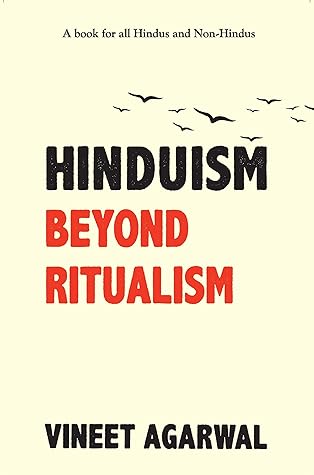Kindle Notes & Highlights
Hinduism is not a religion; rather, it is a term used to describe the belief system prevalent in the Indian sub-continent at a time when there was no concept of a formal religion.
The study of all such means and methods used to turn belief into knowledge is called epistemology.
The branch of knowledge that deals with such questions is called metaphysics, which means ‘beyond physics’.
Ontology deals with interesting questions like why things exist and what is the nature of existence and reality.
Perception, inference, comparison, implication, absence and testimony are the six means of knowledge in Hinduism.
The Charvak school is the only heterodox and atheist school of Hindu philosophy. It is a purely materialistic school which believes that matter is the only reality.
This Upanishad states that the world that we perceive with our senses is the manifested world. On the other hand, the world that cannot be perceived by our senses is the unmanifested world.
It is our ignorance about the unmanifested world which causes the cycle of birth and death.
According to Ish Upanishad, what needs to be rejected is the attachment (moha) and the grief (shoka), as these two emotions drive us to cling tenaciously to this manifested world. Attachment and grief are the two impediments in the path of vidya. Detachment helps overcome grief; this leads to happiness, which is essential for understanding the unmanifested reality. A seeker attached to any object, any person or any principle, can never understand vidya, the knowledge of the unmanifested.
The Ken Upanishad explicitly states that the foundation for the knowledge of Brahman is based on three virtues; austerity, restraint and meditation.


